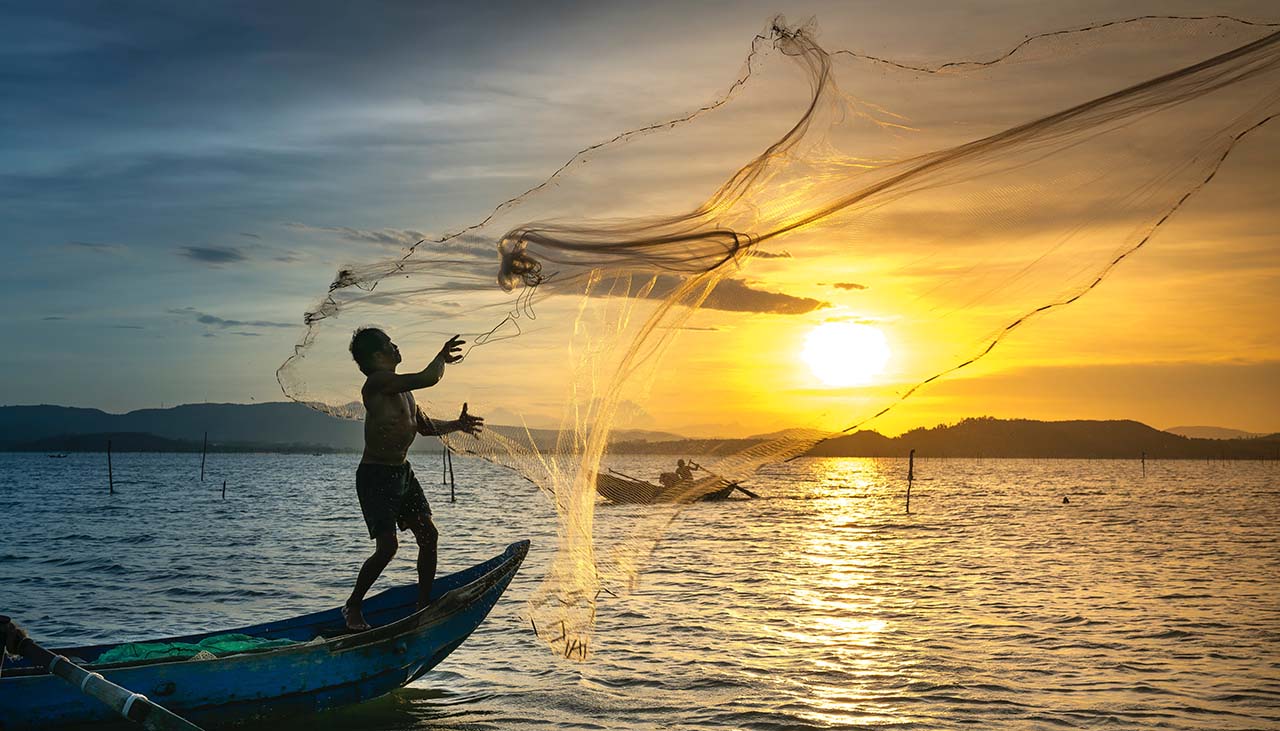Our planet’s seas and oceans are rapidly depleting thanks to humankind’s overfishing practices. In recent decades, fishing has significantly increased in intensity, which has put immense pressure on fish populations and left marine ecosystems in a precarious state. This degradation of our ocean habitats poses a massive threat to its life-support system—including organisms such as seabirds, whales, dolphins, and turtles—as well as people who depend on the sea for food and livelihoods. The good news is that we can still make a difference through sustainable fishing practices that promote healthy fisheries management and lessen the impact of harmful bycatch. In this blog post, we’ll explore some sound alternatives to traditional fishing methods so we can keep our waters full of vibrant sea life for generations to come!
Overview of Overfishing and Bycatch
Overfishing is a term used to describe the practice of catching too many fish from a given area. This can lead to a decrease in marine biodiversity, decreased food resources for other species, and disruption of complex oceanic ecosystems. Bycatch is an additional problem that occurs when non-targeted species get caught in fishing nets or lines. These animals are often discarded as waste, which causes further damage to already fragile ocean habitats. It’s estimated that up to 40% of all caught by fishing vessels worldwide consists of unwanted bycatch.
How New Fishing Practices are Helping Combat the Problem
Fortunately, new technologies and practices have been developed to help reduce the impact of overfishing and bycatch on our aquatic ecosystems. These include the use of more targeted fishing methods, such as selective gears and traps, which help ensure that only the intended species are caught; improved fisheries management systems to control overfishing and reduce bycatch through quotas and catch limits; stricter regulations on the types of fishing vessels allowed in certain areas; increasing aid for developing countries to assist them in implementing sustainable fisheries practices; and educating fishermen about proper harvesting techniques.
Exploring Alternatives to Traditional Fishing Methods
In addition to new technologies and regulations, several alternative fishing practices are being explored as alternatives to traditional methods. For instance, hook-and-line fishing is one approach that has been gaining traction in recent years due to its ability to target specific species without causing unnecessary damage to the surrounding environment. Other methods include hand-lining, trap fishing, and various types of aquaculture, such as floating sea cages.
Benefits of Sustainable Fishing Practices
The benefits of sustainable fishing practices are numerous. For one thing, they help reduce the amount of bycatch and ensure more fish remain in the wild for future generations to enjoy. They also promote healthier populations of fish which can be used as a sustainable source of food for human consumption and have positive economic impacts on local communities that rely on fisheries for their livelihoods. Additionally, sustainable fishing practices can help conserve vulnerable marine resources and minimize our impact on fragile ocean habitats.
The Impact of Sustainable Fishing on Marine Ecosystems
Sustainable fishing practices can have a positive effect on marine ecosystems. For example, reducing the amount of bycatch helps keep more fish in the water which in turn helps maintain biodiversity and boost the reproduction rates of various species. Sustainable fisheries management also allows us to better understand how our actions impact the ocean and to make adjustments accordingly if necessary. Additionally, these practices can help protect fragile habitats from destructive fishing techniques that don’t take into account the long-term effects of their activities.
Challenges Faced in Implementing Sustainable Practices
Despite all its advantages, implementing sustainable fishing practices is not always easy. Some of the challenges faced include a lack of education among fishermen about sustainable methods; limited financial and technical resources in developing countries; a lack of political will to enforce regulations; difficulty monitoring fisheries due to the vastness of oceanic environments; and conflicts between different socioeconomic groups, such as commercial and recreational fishers.
Conclusion
Sustainable fishing practices can help reduce the impact of overfishing and bycatch on our aquatic ecosystems. These practices involve the use of more targeted fishing methods, improved fisheries management systems, stricter regulations, increased aid for developing countries, and educating fishermen about proper harvesting techniques. They also have numerous benefits including reducing bycatch, promoting healthier populations of fish, conserving vulnerable marine resources, and minimizing our impact on fragile ocean habitats. Despite some challenges faced in implementing these policies, sustainable fishing practices are a necessary step in ensuring the health of our oceans for future generations.
